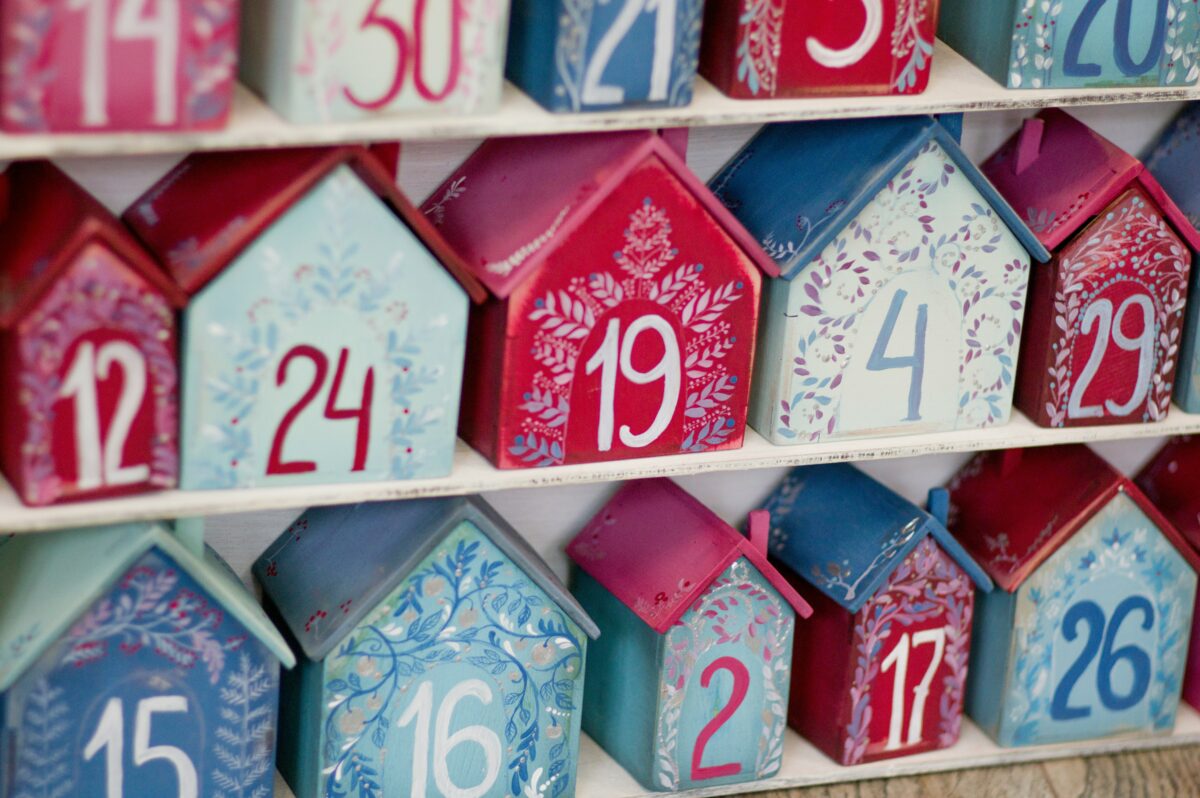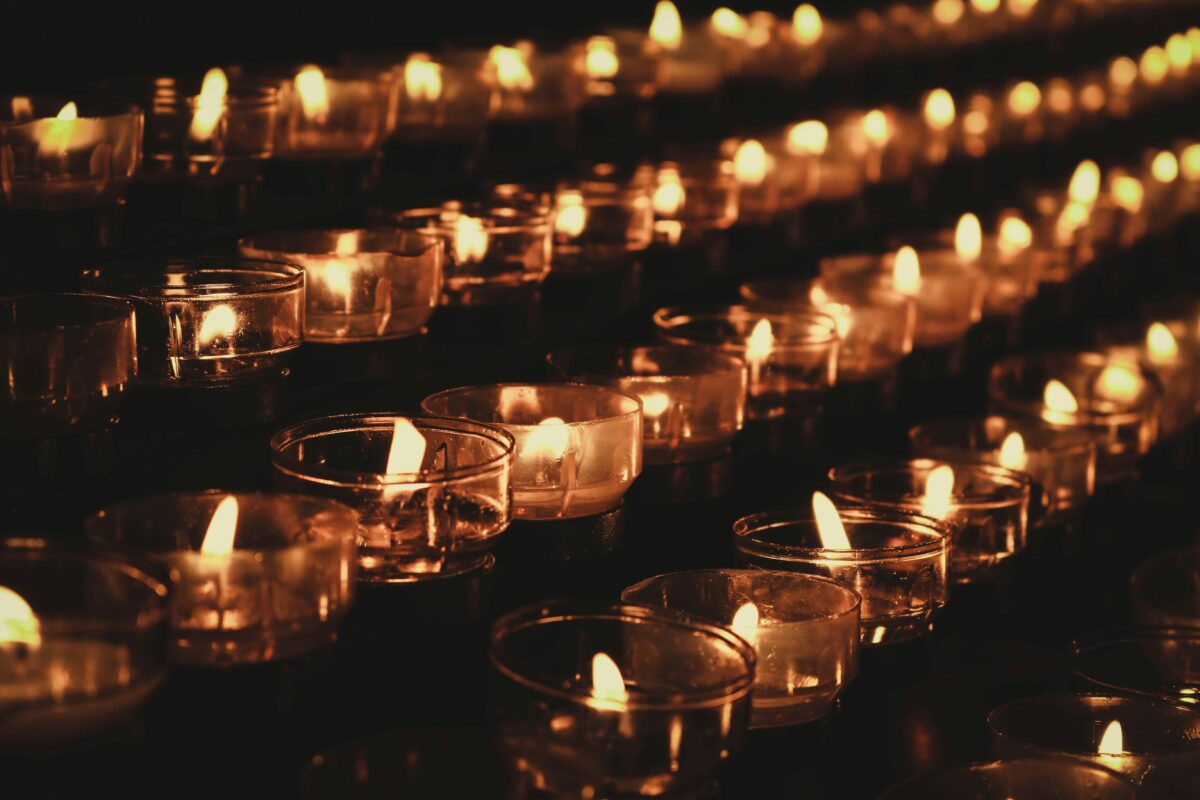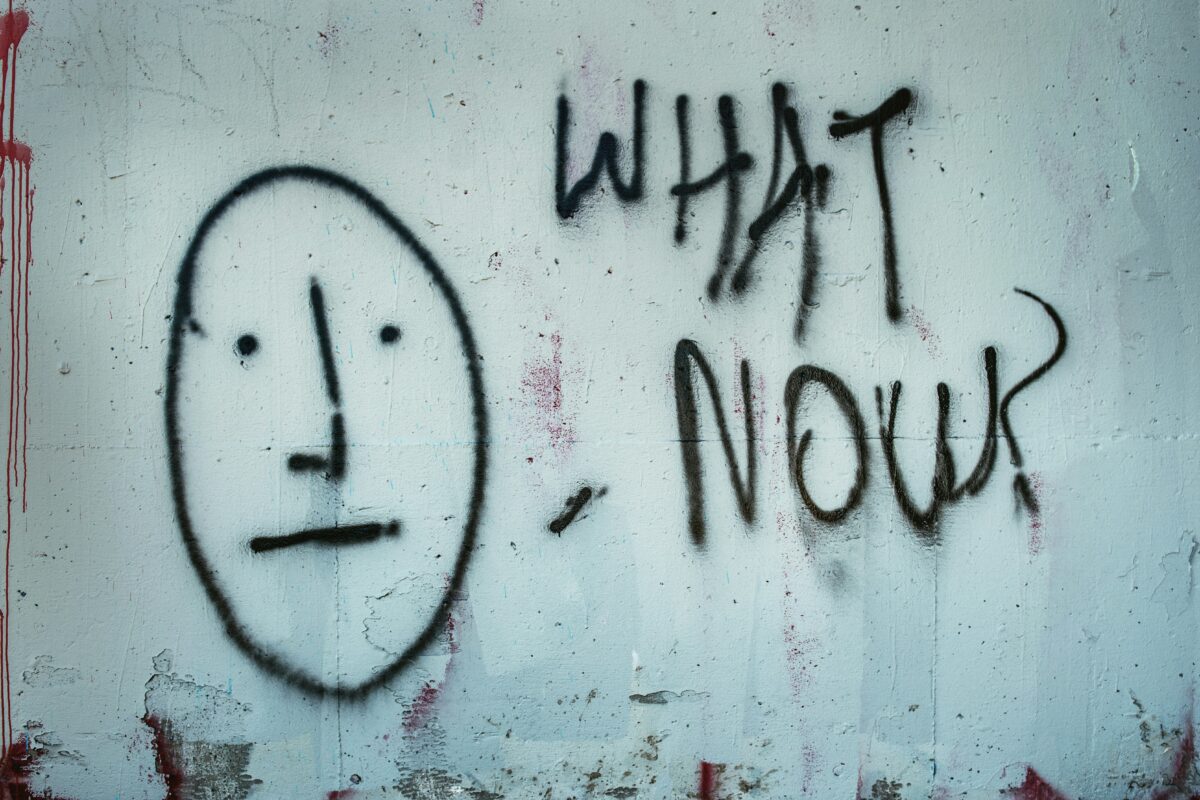This time of year is tricky for me. Growing up, Christmas was always a big deal. We went all out—special dinners, presents, lights, the whole shebang. But most importantly, it was a deeply religious celebration, centered on the birth of Christ
Now, the songs and stories that used to fill me with joy leave me feeling uneasy. They bring back memories of people and places I no longer trust. At the same time, without those traditions, the season feels hollow—empty, even ordinary.
That’s the thing about deep spiritual wounds—they rewire your brain and make simple practices complicated. For me, religious practices such as communal worship or bible readings often feel like I’m standing on a trapdoor, like I’m being tricked. And so, I am reluctant to open myself up to them.
Yet, I still want to celebrate Christmas. I still long to find meaning in Advent, to hold onto the season’s themes of hope, peace, joy, and love. But how do I participate when the spiritual practices that once grounded me now trigger trauma.
A Season of Healing
If you, too, find this season difficult, know that it’s okay to rediscover new ways to celebrate Advent and Christmas Day. It’s okay to let go of what hurts and embrace what heals. The beauty of this season isn’t found in tradition alone—it’s in the light that we allow into our lives, however we choose to honour it.
As I’ve reflected on this, one quote has been especially meaningful:
“Meaning-making is a human process and is not owned by religion. And that is something that is organic to our existential development.” – Hillary McBride
This reminder has helped me approach Advent with freedom. Over time, I’ve started experimenting with new ways to engage with Advent and Christmas—ways that feel nourishing.
This year, I’m choosing to reclaim Advent through quiet reflection, thoughtful giving, and savoring the beauty of the ordinary. It’s a quieter celebration than the one I grew up with, but it’s meaningful in ways that feel deeply personal and healing.
Focusing on Quiet Contemplation
Advent has become a time for contemplation, a season to reflect deeply, rather than following prescribed traditions or rituals.
For me, this looks like mornings spent in a time of stillness, with a selection of readings. Two poems and a coffee followed by reflection.
This simple practice has helped me reconnect with the season in a way that feels safe and grounding. It’s a reminder that Advent doesn’t have to be complicated. I’ve also committed to spending less time on social media during this season, choosing to scroll less and connect more—with myself, with loved ones, and with the Spirit of the season.
2. Giving Thoughtfully and Intentionally
Christmas has always been about giving. It is one aspect of Advent and Christmas that I cherish deeply and want to hold onto. Like many others, we celebrate by exchanging gifts on Christmas morning. However, I’ve started to think about how I can extend the practice of giving throughout Advent as well.
This year, I’m finding small, meaningful ways to give to those I interact with each day. Giving doesn’t have to mean material gifts; it can be offering encouragement, lending a listening ear, or doing something practical like helping someone with a task.
While giving is a beautiful practice to carry through the entire year, I’m reclaiming Advent by being more thoughtful and intentional in the days leading up to Christmas.
3. Embracing the Beauty of Ordinary Moments
Advent used to feel like a season of grandeur—big services, sweeping hymns, and elaborate traditions. But now, I’m learning to find joy in the smaller, ordinary moments.
Simply put, it’s about cultivating an openness to the simple joys this time of year offers. It’s about looking a little closer—for example, the handmade, hand-painted wooden toy ornaments hanging on our Christmas tree. When I pause to appreciate and reflect on the creativity and time it took to craft them, it deepens my sense of wonder.
Or consider the Christmas movies we watch every year, reciting the lines we know by heart. By viewing them with fresh eyes and a renewed appreciation, they take on a new charm.
In these small moments of noticing and savoring, I’ve discovered a way to participate in advent that is healing and reviving.
What Advent could be for you.
If you are struggling to find meaning in the season for whatever reason, here are a few suggestions of what advent could be for you. A Season:
Of Waiting – It’s okay to wait and allow healing to unfold in its own time. There’s no need to rush toward joy or resolution. Advent can simply be a season of acknowledging where you are and holding space for what is yet to come.
Of Light – Even in small ways, light can shine through the darkest of moments. Maybe celebrating Advent looks like gratitude and holding space for what is good, true and beautiful.
Of Hope – Hope doesn’t have to be big or loud; it can be quiet, steady and personal. Sometimes holding onto hope is hard, however, advent could be the perfect time to lean into hope, even if it’s small.
Of Love – I know love can sometimes feel scarce. Yet, even in the midst of heartache, grief, or indifference, Advent can be a time to give love action—to put legs on the love we feel and the love we choose. It’s a chance to embody love, even when it feels hard or uncertain.










